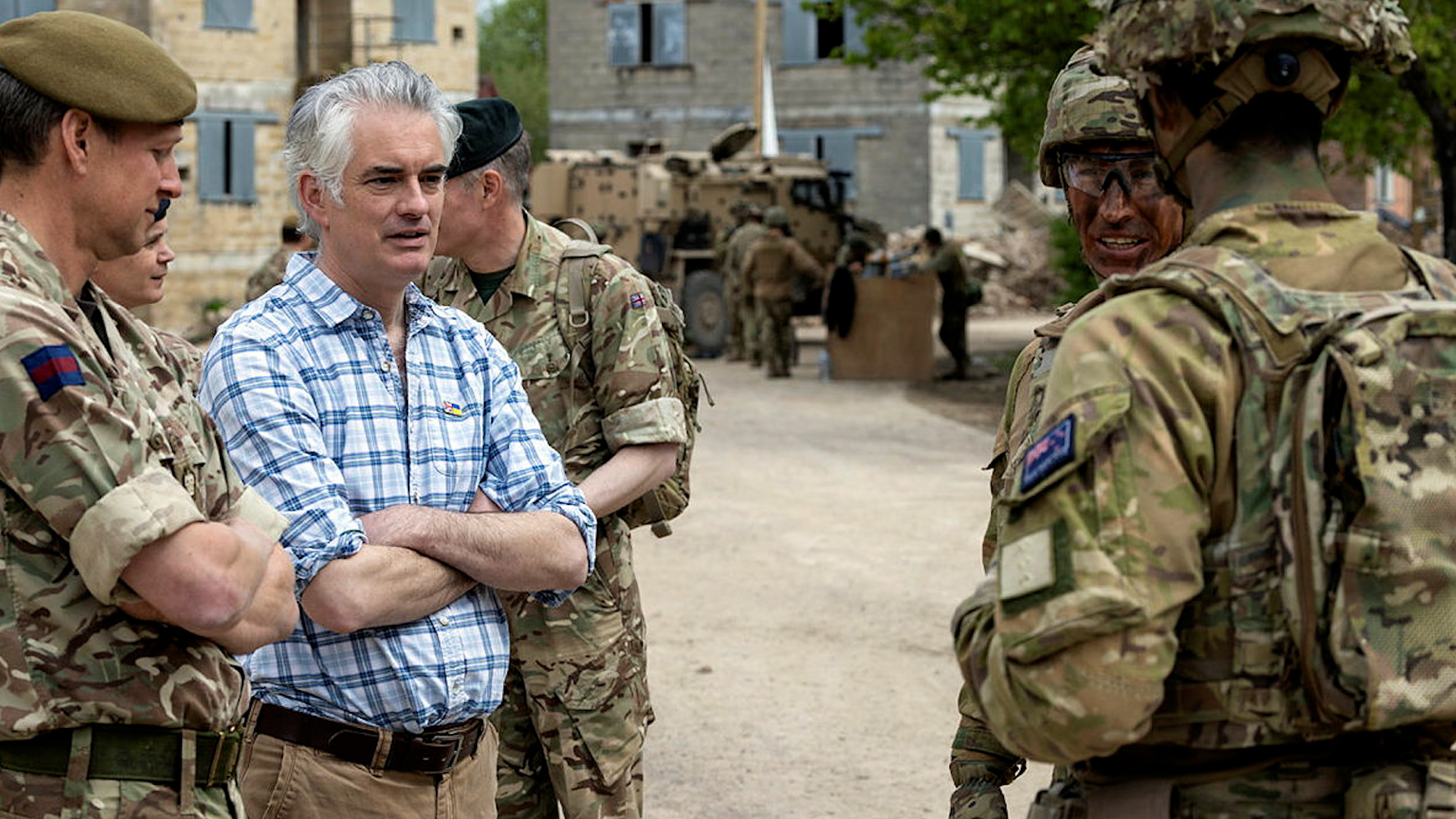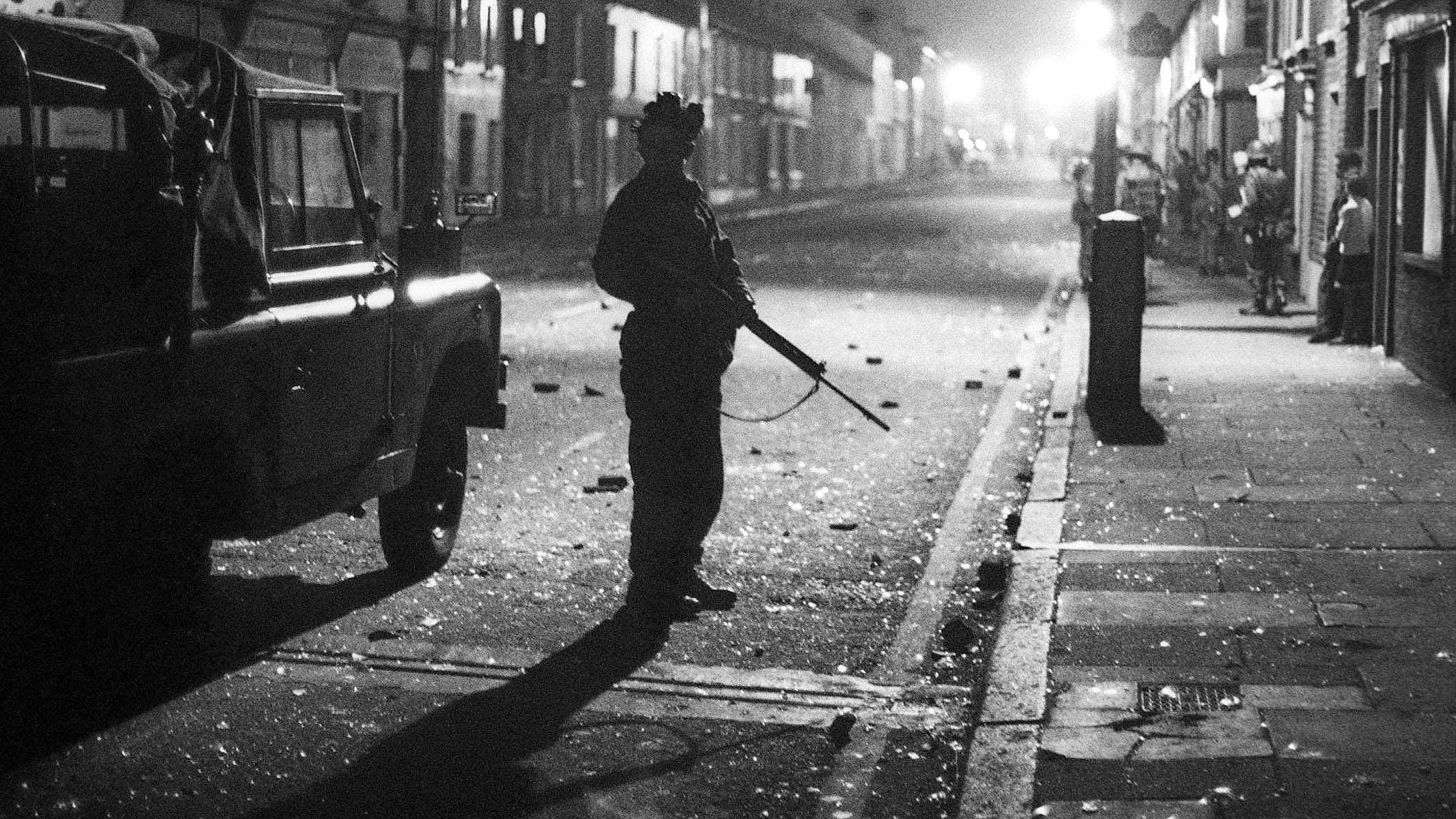MOD to challenge coroner's finding that Clonoe IRA shootings were not justified
The Ministry of Defence will challenge the decision by the Belfast Coroner that the shooting of four members of the IRA in 1992 at Clonoe was unreasonable.
Veterans and People Minister Al Carns has written to Conservative MP James Cartlidge saying the MOD will request a judicial review of Mr Justice Michael Humphreys' ruling.
Mr Cartlidge had written to the minister asking for a judicial review of the inquest finding.
He wrote: "You will be aware the ruling appears to have strayed into what are arguably speculative judgements around motivation, in relation to the soldiers involved."
"I am sure we can both agree that those who served, and serve, our country are motivated by a deep personal commitment to public service and the desire to keep us safe, even at their own risk."
Mr Carns, who served in the Royal Marines for 24 years, replied: "I…can confirm that the Ministry of Defence (MOD) has issued a pre-action protocol letter to the coroner, which sets out the legal basis upon which we ground our judicial review application."
"I have also agreed to the MOD funding the Special Military Unit veterans' judicial review of the findings; this is expected to run adjacent to MOD's application."
He said the veterans involved are being offered welfare and legal support.
He added: “I am deeply proud of the members of the Armed Forces who, along with police officers and members of the security services, sought to protect communities and peace in Northern Ireland during the Troubles and recognise the difficult choices they faced in extremely challenging operations."

The coroner’s report, released on 6 February, referred to the unit involved in the shooting as a Special Military Unit.
It is believed they were Special Air Service.
Throughout the 1980s and early 1990s, the SAS and IRA fought a deadly cat-and-mouse game of IRA attacks and SAS ambushes.
Coroner Mr Justice Michael Humphreys report stated, "that the use of lethal force was not justified".
"The operation was not planned and controlled in such a way as to minimise to the greatest extent possible the need for recourse to lethal force."
The shooting in the car park of a chapel in the village of Clonoe took place after four members of the IRA had attacked a Royal Ulster Constabulary police station in Coalisland on 16 February 1992.
The IRA team were travelling in a truck with a mounted DShK heavy machine gun.
When the IRA team were dismounting the truck shortly after the attack, they were shot dead by the SAS who were waiting in a nearby hedge line.

The coroner's report also said that at the time the shooting started there were 12 members of the SAS in the hedge line.
In the car park, there were nine members of the IRA, of which eight received gunshot wounds.
Kevin Barry O'Donnell, 21, Patrick Vincent, 20, Peter Clancy, 21 and Sean O'Farrell, 22 were killed.
They were believed to be members of the IRA's East Tyrone Brigade.
After this action, the East Tyrone Brigade's tactics changed to mostly longer-range mortar attacks.
After the coroner's ruling that the killings were unjustified, he referred his findings to Northern Ireland's Director of Public Prosecutions (DPP).
If there was further criminal investigation of the case, it would have to be taken by the Independent Commission for Reconciliation and Information Recovery (ICRIR).
Following the publishing of the letters by James Cartlidge, the Sinn Féin MP Cathal Mallaghan said: "It is deeply concerning and disgraceful to learn that the British government is set to challenge the Clonoe inquest ruling…" and that: "This is yet another cynical attempt by the British government to deny families truth and justice."
The former leader of the Ulster Unionist Party (UUP) Doug Beattie MC wrote on X: "MOD finds a backbone. We must always challenge the narrative that the terrorists were the victims."
If a prosecution were to take place in this case, it could potentially open the way for further investigations of other SAS and IRA actions.









